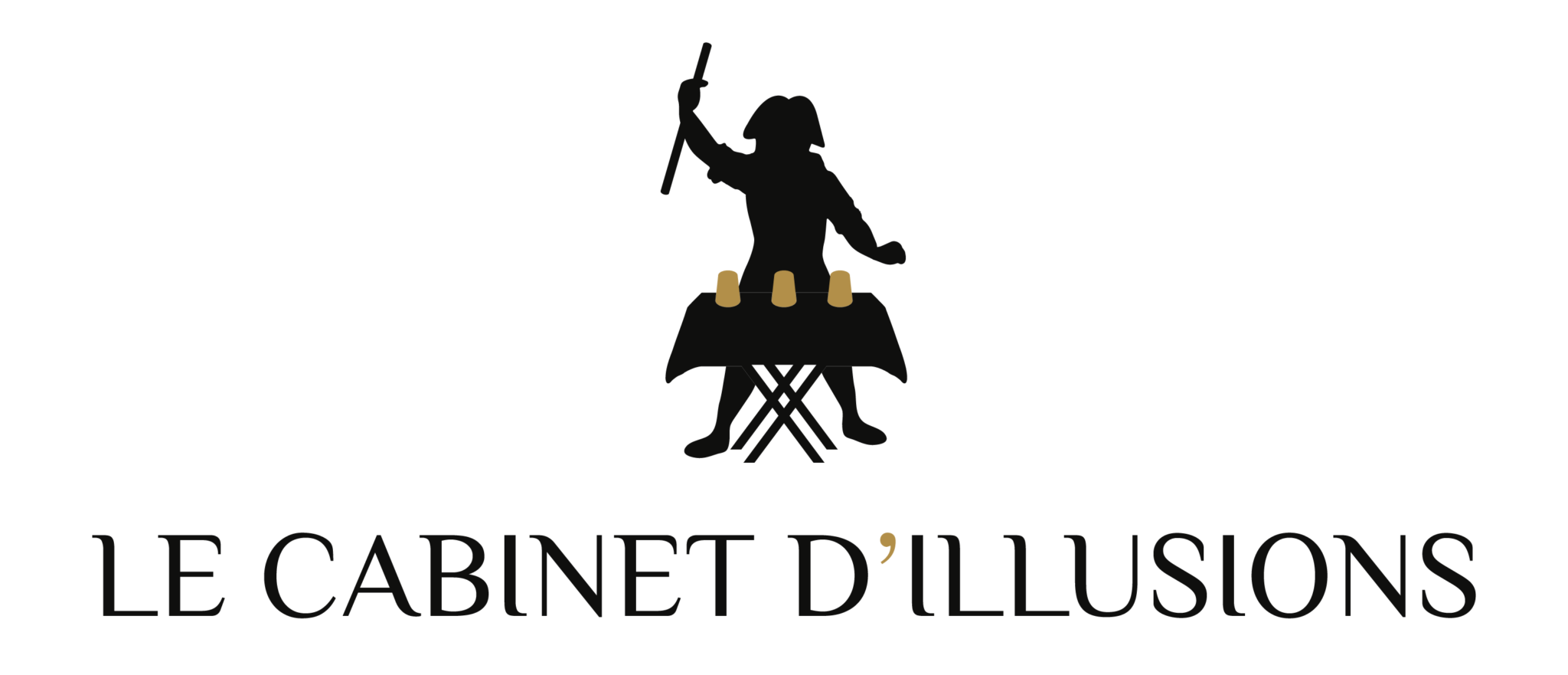The Discoverie of Witchcraft is one of the most important works in illusionist literature, and impossible artists are quick to point this out. However, it is all too often forgotten that this writing is guided by an interest in another kind of magic. For this reason, here's an article based on the work of Thibaut Rioult, who takes another look at this demystification of witchcraft.
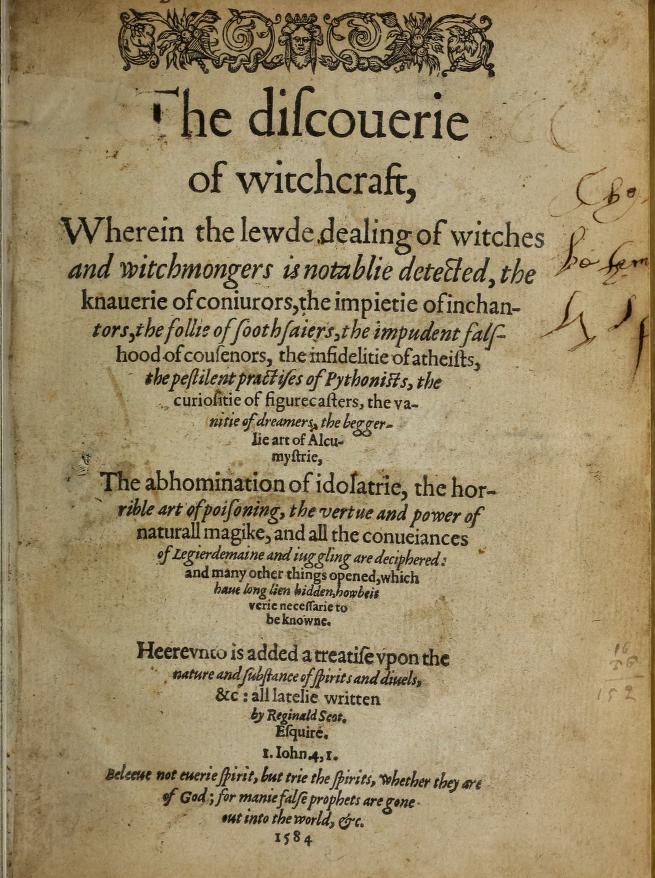
Refuting the supernatural
In 1584, Reginald Scot, an English Calvinist politician, published The Discoverie of Witchcraft . The work is a sixteen-book progression which, step by step, demonstrates that, apart from divine manifestations, supernatural phenomena do not exist. In this way, The Discoverie of Witchcraft became Scot's political tool for ending the persecution of those accused of witchcraft and other diabolical magics.
The politician's attempt is fully in line with the Calvinist Protestant tradition of removing all intermediaries between man and God. However, Scotus differs from his predecessors: whereas the others were content to question the legitimacy of witchcraft projects, Scotus goes further. He attacks the very subject of these trials. He questions the existence of supernatural phenomena.
According to him, only God can be the source of a miracle. So if a miracle or supernatural phenomenon has a non-divine origin, it can only be an illusion. To demonstrate his hypothesis, Scotus develops his analysis and searches for the very essence of magic (in the occult and religious sense of the term). He attributes a psychological nature to magic. Supernatural phenomena are thus natural phenomena accompanied by the right verbiage.
Affirming the illusion
In the course of The Discoverie of Witchcraft's de-demonization project, the twelfth and thirteenth books deal with "batelage". The term "batelage" is used here as a translation for the terms "juggling" and "legerdemain", aptly employed by Scot. An interesting choice, as the author uses these words to assert the fabricated nature of the art he is studying. Indeed, even in the context of his time, Scot is in no doubt that anyone with a modicum of education knows that the phenomena presented by jugglers are nothing but tricks and illusions.
Surprisingly, this non-reality of the simulated magic of the bateleurs is what justifies the discussion of batelage in a de-demonization argument. Scot compares the two magics, arguing that even when simulated, the effects of batelage are still more real than those claimed to be magic (in the religious and occult sense of the term). Where witches merely verbalize magical phenomena, bateleurs at least materialize them. However, let's not forget that these jugglers, now considered the only true magicians, are nothing more than illusionists. So what credibility is left to witchcraft?
And just in case there are any skeptics left about the fabricated aspect of baton twirling, comes the thirteenth book of The Discoverie of Witchcraft, the famous treatise on baton twirling to which illusionists so often refer.
Writing for posterity
It's not for nothing that The Discoverie of Witchcraft is considered "one of the two sacred monsters of classic illusiography". But make no mistake.
Scot's work is not considered to be the first written work on illusionism. As early as the early 16th century, descriptions of tricks could be found in scholarly literature and hawker magazines. Further back in time, around the 14th century, Les jeux de nature du roi Salomon provided the first known explanations of illusionist tricks in French.
Nor is it considered to be the first book dedicated to illusionism. Published in 1584, The Discoverie of Witchcraft was preceded by Prévost'sLa première partie des subtiles et plaisantes inventions, published earlier that year.
If Scot's treatise has left its mark on illusionist literature, it's because its content is largely unpublished. Many of the tricks described by the author are revealed for the first time. Scot explains coin tricks, cup tricks, card tricks and even an early version of the "blow book". He also reveals how to simulate a decapitation, as well as the planting of a knife through the arm. And Scot doesn't stop there. Oddly enough, he goes beyond the mere revelation of tricks and also gives a few hints on the psychological dimensions and staging required for baton twirling.
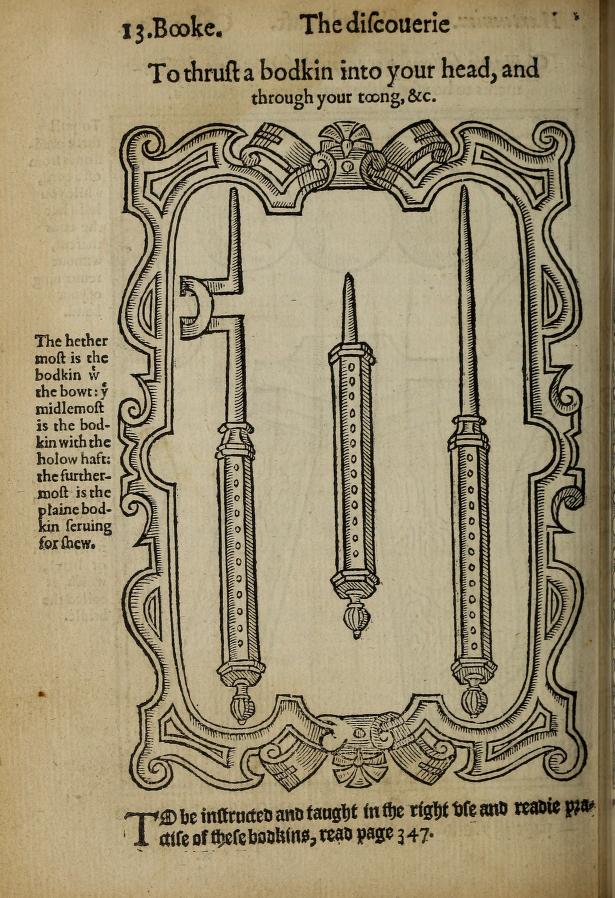
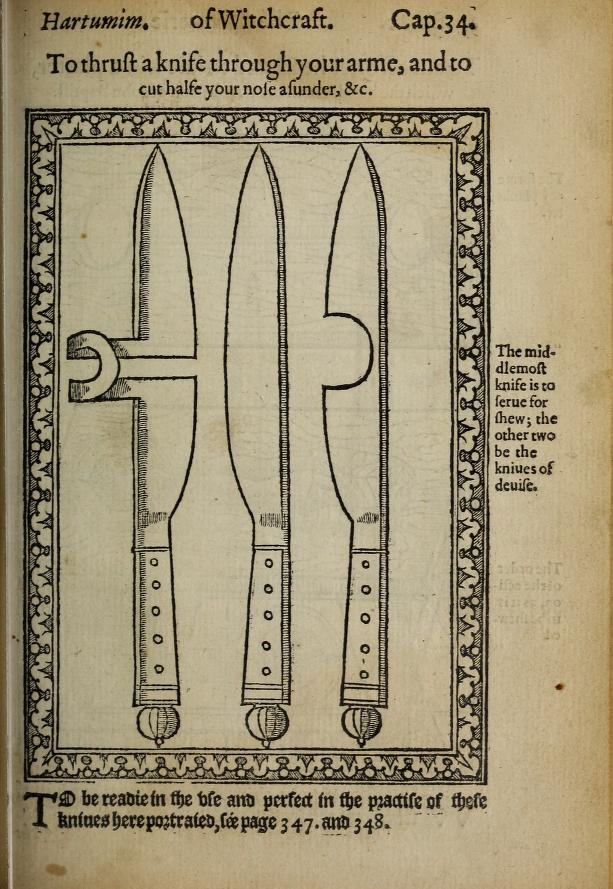
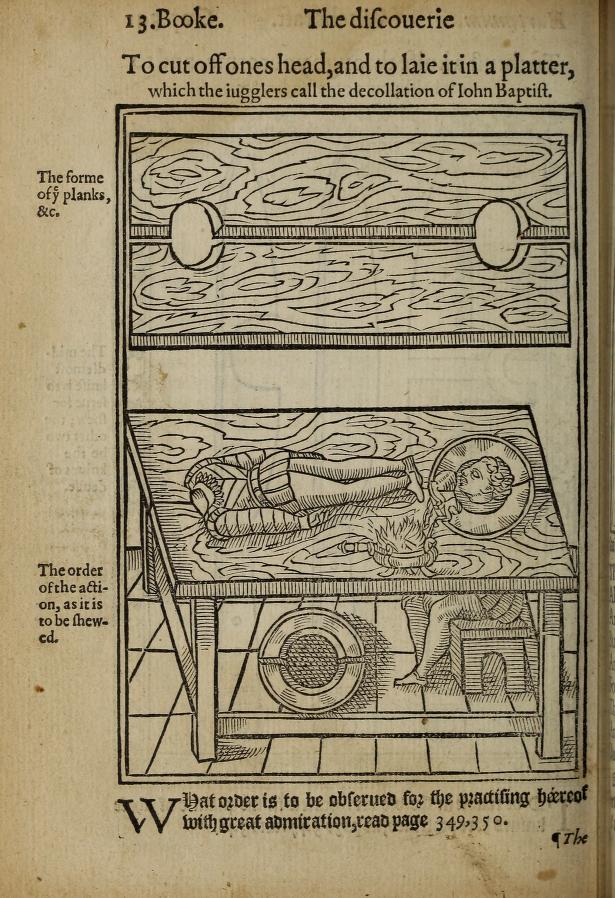
All this makes The Discoverie of Witchcraft a pioneering work, and the heirs to its knowledge have not failed to understand it. In 1612, almost all the tricks in Samuel Rid's The Art of Jugling or Legerdemain were copied from The Discoverie of Witchcraft. The same is true of half the tricks in Hocus Pocus Junior's The Anatomie of Legerdemain, published in 1634. On another note, Scot's work even served as Shakespeare's literary source for Macbeth. Also, paradoxically for an argument denying the existence of magic, The Discoverie of Witchcraft served as a grimoire of witchcraft...

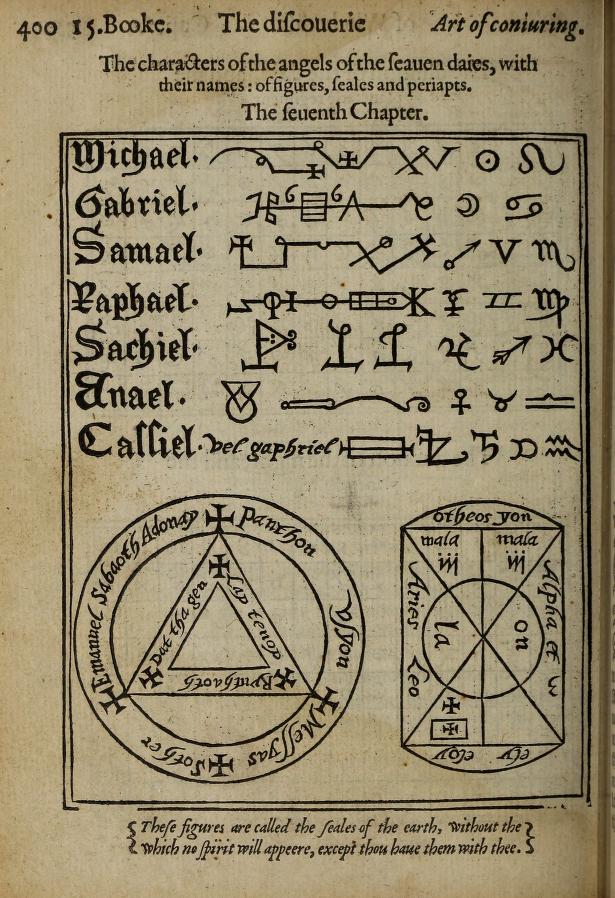
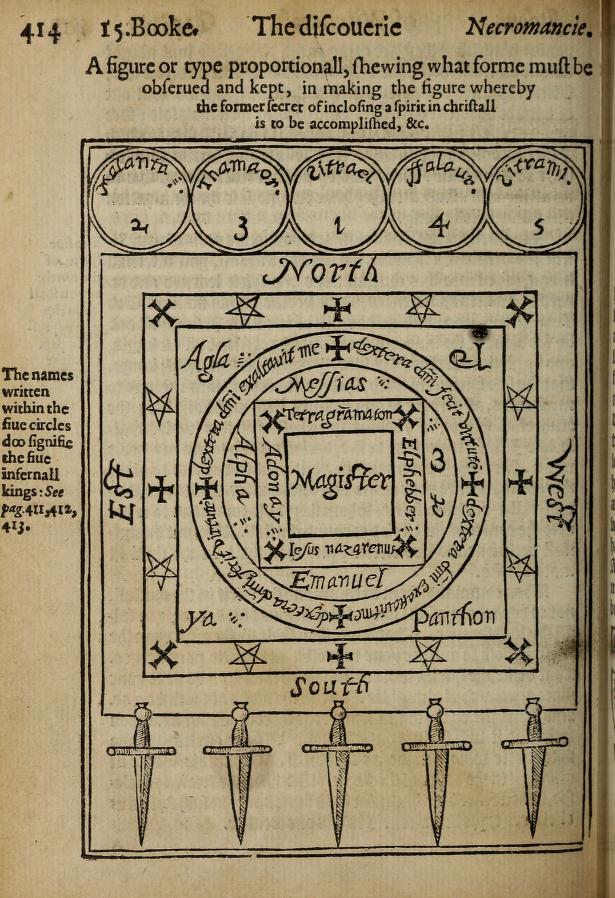
To conclude, let's take a look at The Discoverie of Witchcraft from today's perspective. It would seem that this quasi-mythical book offers an interesting reflection on the links between magic and illusionism. In this way, Scot finds himself at the heart of a debate that stimulates our times. Centuries later, this mysterious relationship is at the heart of developments in new currents of illusionism such as mentalism, bizarre magic, fantastic illusionism, new magic and (neo)illusionism...
Sources
Leduc, A., & Rioult, T. (2021). King Solomon's Jeux de nature: edition of the French mss. 4516 and NAF 4046 (Paris, BnF). Arcana Naturae, 2, 175-198.
Rioult, T. (2018). Illusion of the supernatural and illusionists in the renaissance. (Doctoral dissertation published by the author). École Normale Supérieure. Paris.
Rioult, T. (2022). Reginald Scot's The Discoverie of Witchcraft (1584) - Renaissance Magic. In K. Rein (Eds.), Magic: A Companion. Peter Lang.
Scot, R. (1584). The Discoverie of Witchcraft. William Brome. London.
